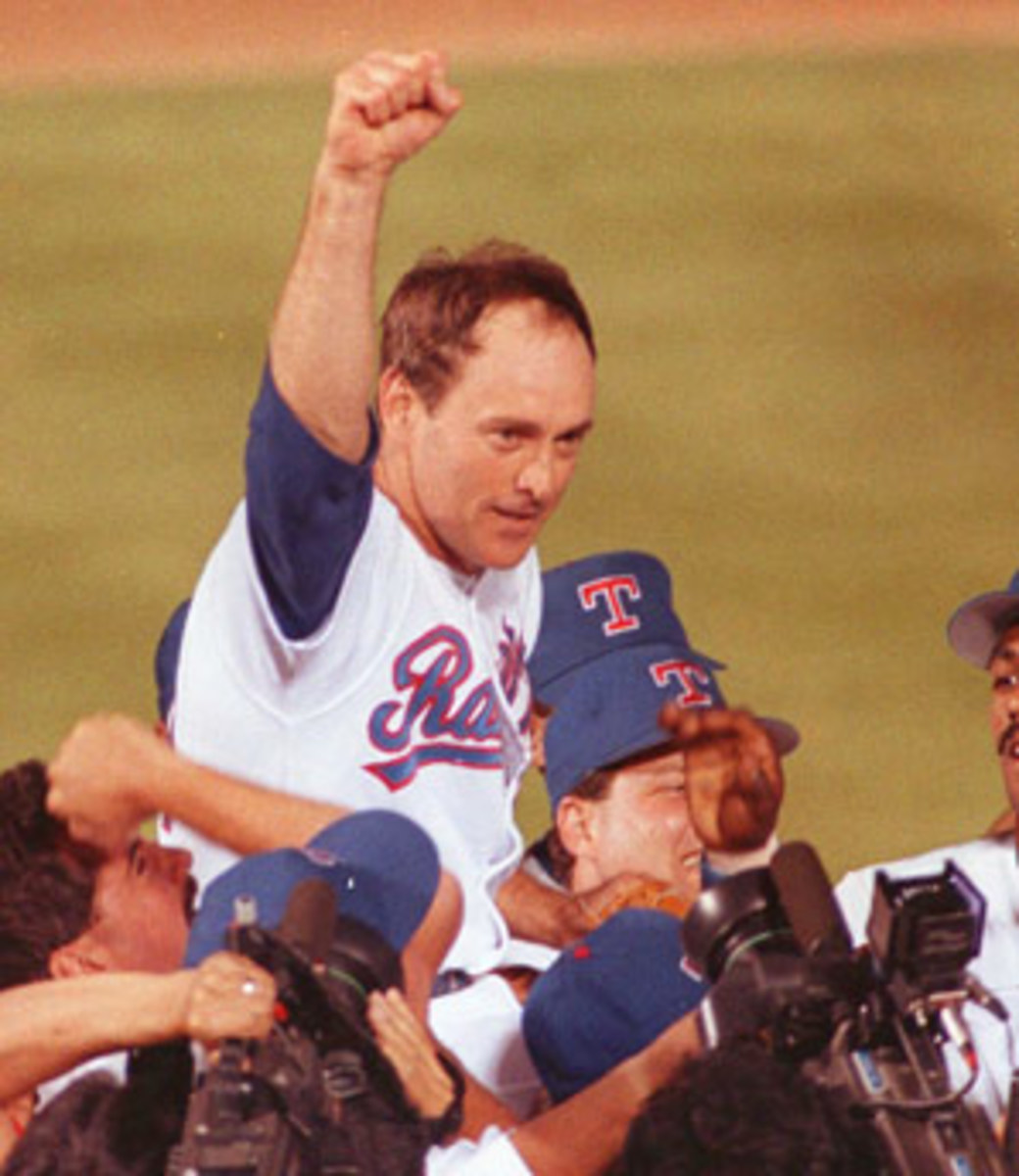44 is a magic number in sports


Whenever I forget my age -- as I often do at my age -- I just think of how old the Super Bowl is: We're both 44. We entered the world within three months of each other, the Super Bowl and I, and together we've grown bloated, susceptible to wardrobe malfunctions and possessed of appalling taste in music.
The Super Bowl claims to be 45, because it was born aged one, while I was born aged zero. But the fact is, we've both lived 44 years, a number -- perhaps the number -- at the outer limits of athletic vitality. Forty-four is, with an almost mathematical precision, the end of the road in sports. When White Sox infielder Omar Vizquel turned 44 last week, he remained the second-oldest player in the big leagues, behind Red Sox knuckleballer Tim Wakefield, who is also 44.
To read the news stories, Omar the Outmaker will soon require a pacemaker. On his birthday, on the wipe board outside the Sox clubhouse, somebody had written: "Happy 49th, Omar."
Then again, 49, 44 -- what's the difference? All old people look alike. Forty-four is impossibly young for a president -- at that age, Teddy Roosevelt and John Kennedy were ideals of national vigor -- but a 44-year-old baseball player is an elderly man. I interviewed Rangers pitcher Nolan Ryan after he threw his seventh career no-hitter in 1991. Ryan was 44 at the time, and I was 24, and though we more or less had the same haircut, I remember thinking: This guy is ancient.
Baseball has had several Methuselehs still playing in their decrepitude. Nearly all of those guys we remember playing into senility -- Gaylord Perry, Warren Spahn, Rickey Henderson, Tony Perez -- were 44 when they retired. Dennis Eckersley pitched his final game a week before he turned 44, but waited until after his 44th birthday -- it must not have felt good -- before announcing his retirement.
Baseball holds no monopoly on the 44-year-old ceiling. So many athletes I remember as just-this-side of assisted living -- quarterbacks Warren Moon and Vinnie Testaverde, hockey's Claude Lemieux, basketball's Kevin Willis -- were in fact 44 when they got their rocking chairs. A geriatric Sugar Ray Robinson lost his final fight by unanimous decision to a soft-punching guy named Joe Archer. Robinson, who many considered the greatest of all boxing champions, had by then become a sad spectacle, an old man of 44.
Even the man most synonymous with playing into old age -- Gordie Howe -- had the good sense to be retired at 44. Only then did he realize, at 45, that he could still play, which he did until he was 51.
My colleague Kostya Kennedy has written a wonderful book about baseball's longest hitting streak called 56, whose subtitle is Joe DiMaggio and the Last Magic Number in Sports. Forty-four is the opposite number to 56. It's a number filled with anti-magic, with black magic maybe. It's a weird terminus not just for athletes but their records. What are the second-longest hitting streaks in baseball? The penultimate 44s of Willie Keeler and Pete Rose.
As a uniform number, 44 is cool, filling out the broad backs of sluggers Hank Aaron, Reggie Jackson and Willie McCovey. Jerry West wore 44. So did George Gervin. And so, in the early '70s, did Pistol Pete Maravich, when that number was also attached to the most famous handgun of its day: Dirty Harry's .44 Magnum. Running backs Jim Brown, Ernie Davis and Floyd Little all wore 44 at Syracuse, of course, where the number has been retired. Which is perfect, as retirement and 44 go hand-in-liver-spotted-hand.
It isn't only athletes who hang it up at 44. Sedentary artists, faced with the impossible tasking of trumping their own achievements, have also left the stage at that age. Gary Larson stopped drawing "The Far Side" at 44. Billie Holiday retired from life at that age, as did F. Scott Fitzgerald, for whom there really was no second act in American life.
To the rest of us mortals, 44 doesn't seem so large a number. At least not usually. My fellow 44-year-old scribe Sam Farmer of the Los Angeles Times, did point out to me the indignity of computer pull-down menus. When an airline asks for your year of birth, and you're forced to scroll down -- and down and down -- to find it on the website, it's like falling down an elevator shaft. As the years fly by with the speed of numbers on a gas pump, you are watching your life pass before your eyes.
None of this is a lament. Aging is a privilege. But in a big week for the 44th president, this 44-year-old man who has lived most of his life on the northern 44th parallel -- the part in Minnesota, Wisconsin and New York, alas, not the part along the Mediterranean -- 44 has been on my mind.
Most of us, whatever our age, don't have the means, or often the desire, to retire at 44. We'd do well to heed the words of Henry David Thoreau, who wrote: "Do what you love. Know your own bone; gnaw at it, bury it, unearth it, and gnaw it still." He was a wise man, Thoreau, and packed a lot of life into his 44 years.
